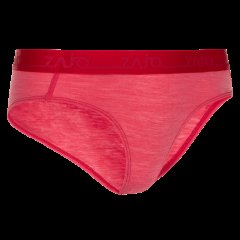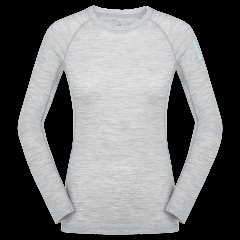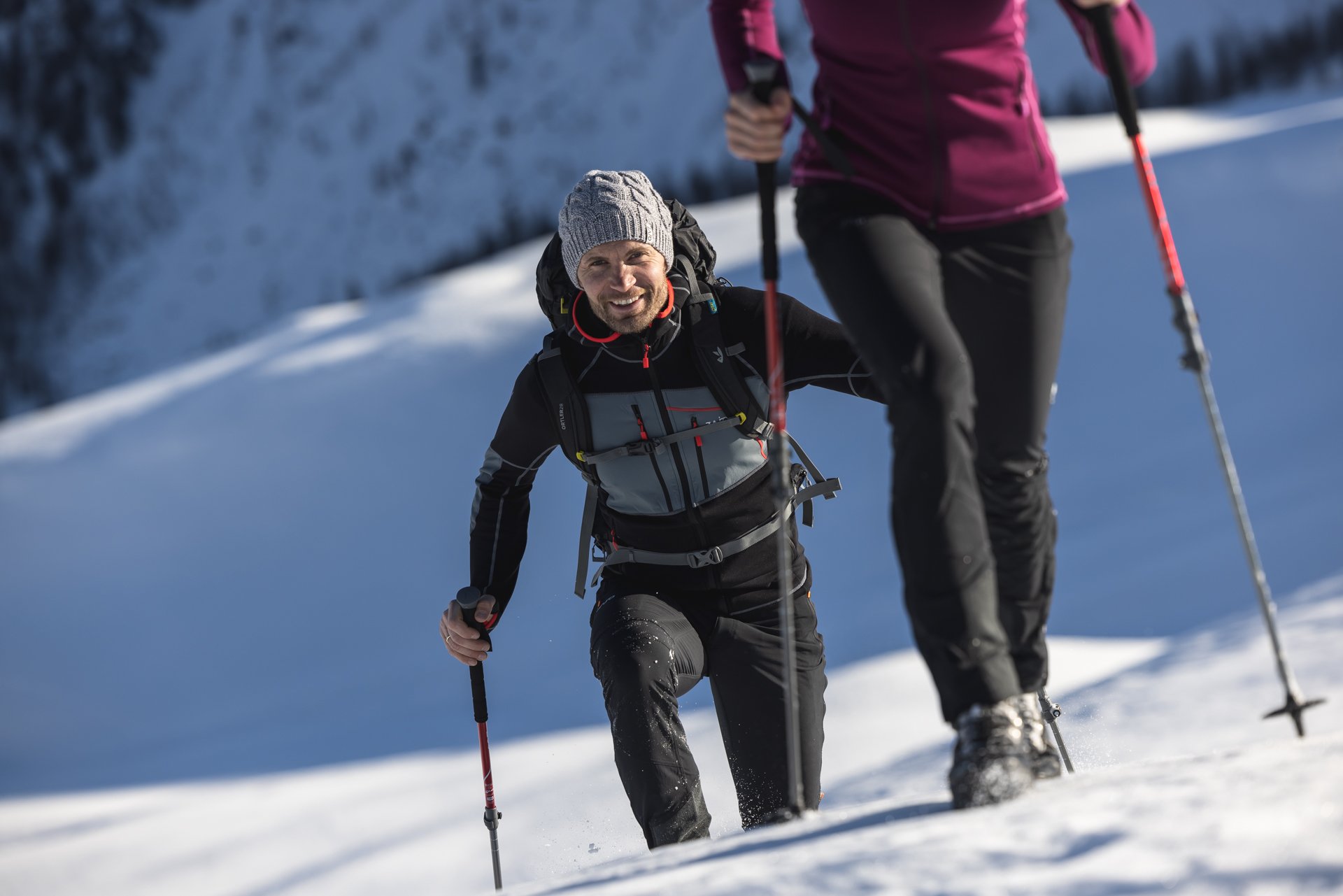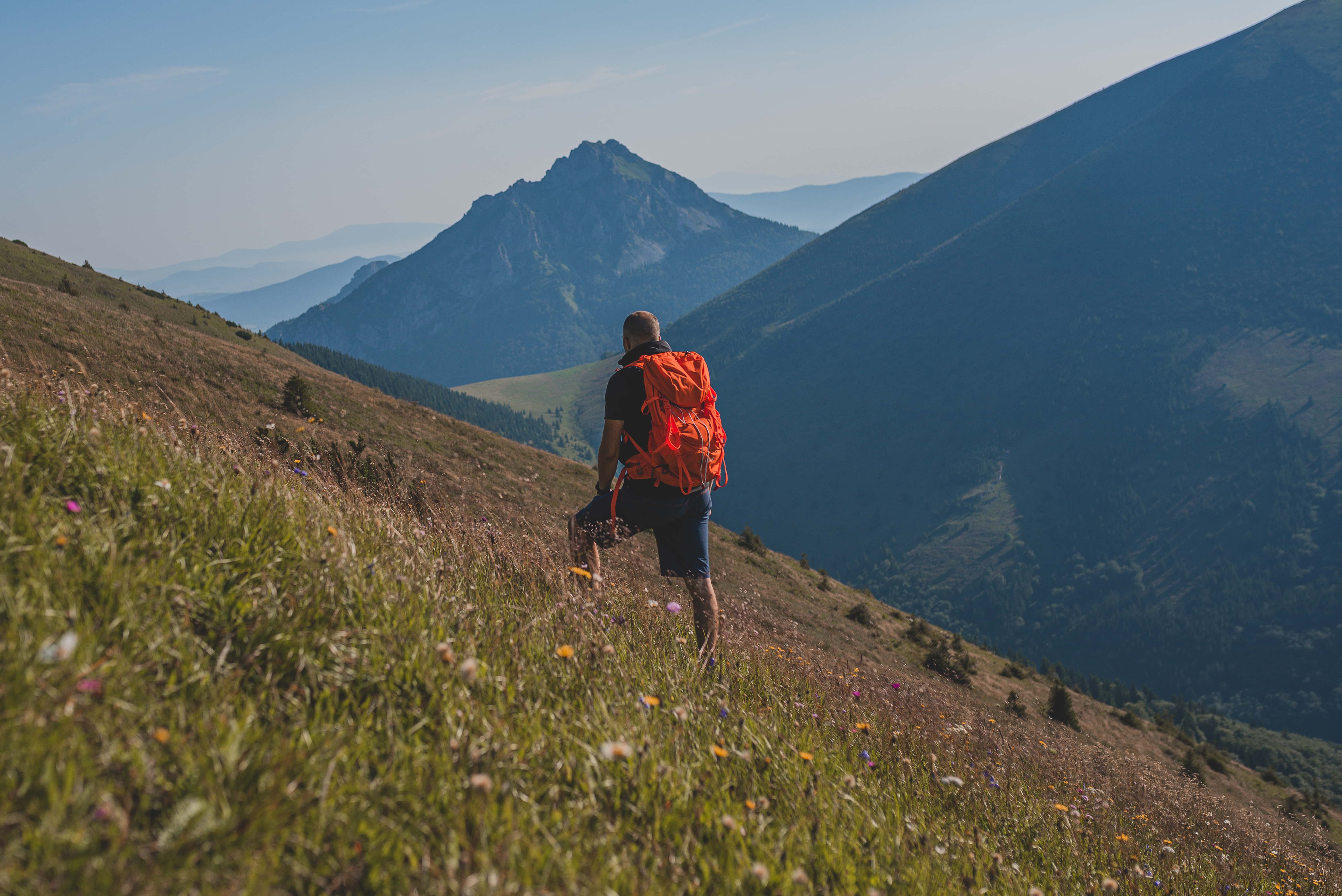Necessary or superfluous? Everything you need to know about trekking poles
Trekking poles - some love them, others consider them an unnecessary burden. Or maybe, you are one of the undecided, who will think, whether they should still give them a chance.

Probably there is no other hiking equipment that evokes as many questions as trekking poles. So to answer this eternal question once and for all - do you need them? Is it worth having them? Are they an effective tool? And are they for everyone?
We will break down the those individual questions, but first, let's talk about what trekking poles are.
What are trekking poles?
Trekking poles are very similar to ski poles, but adapted for walking in the terrain. They are made of various materials, most often aluminum or carbon, but there are also alternatives in the form of natural materials such as bamboo. Trekking poles can be foldable or telescopic, but this is not the rule - versions that cannot be folded are a little more durable by default, but at the same time they are not, of course, so easy to store.
The main purpose of trekking poles is to spread the tension. When hiking, the task of your feet is not only to carry your physical weight + the weight of your backpack but also to pull you forward through difficult terrain. Ultimately, this means a huge strain on your knees and back, which can be a massive obstacle, especially for people with health problems. Thanks to the trekking poles, you can spread this load on your hands as well - as if you had four instead of two legs.
Why are trekking poles a good idea?
There can be several reasons why some tourists use trekking poles, and each of them makes perfect sense.
Since you have "four legs" with the poles in your hands, you naturally have more stability in the terrain. This is especially useful in more complicated field conditions, whether we are talking about mud, water or snow.
However, we have to say that in demanding alpine terrain, the sticks may be more to the detriment. When tripping, it is much better to have your hands free to protect yourself from a nasty injury when you fall.
You will definitely appreciate it even more during a descent. Surely you know that while the way down the hill is not as physically demanding as the way up, but when it comes to the strain on the legs and back, this is a completely different story. The lightening of problematic parts of the body by trekking poles can be really felt.
So why do some refuse trekking poles?
Despite the benefits, you will still hear opinions that trekking poles are an unnecessary extra burden. And to be honest - it's basically true. Although the positives far outweigh the negatives, there are reasons why they may not make sense for some tourists.
Bad first experience
The first kilometers with trekking poles can be strange - it can take some time and practice to control them so that they will benefit you on the hike. In the first moment, they will probably be unnatural, but if you are patient, in a few tens of minutes they can be a tool for you, without which you will not be able to imagine hiking and you will ask yourself why you did not get them much earlier.
We recommend that you watch some videos on Youtube before the first hike with poles, which will show you the correct technique of using them. When you add a little practice, you are ready.
Extra weight
A set of trekking poles usually weighs about half a kilogram. While this is not a tragedy, there are types of tourists who count every gram and unless something is necessary, they simply will not take it with them. And trekking poles are part of the equipment, which is an excellent helper, but not a necessity.
Extra money
Of course, trekking poles are not free, but although they are not by far the most expensive item of equipment, they are something you can theoretically save on. Let's be honest - a proper backpack, breathable underwear or sturdy shoes should still be higher in the list of priorities.
Extra energy
Working with "four legs" instead of two means less strain on your back and legs, but summa summarum makes walking with poles more difficult in terms of energy expenditure. For people who want to burn some extra calories, this is of course a welcome benefit, but for long, several-day hikes, it can be undesirable in the end and your body will ask for a little more "fuel".
So who are the trekking poles for?
There is no group of tourists for whom hiking poles are not explicitly intended - the benefits they offer are really suitable for everyone. However, this is a personal preference. While for some these benefits may be worth a little extra weight, money, and energy, for others it may not make sense in the end.
Trekking poles are excellent especially for people with a heavy backpack and problems with the knees or back, or we strongly recommend them to everyone who rehabilitates in the mountains after surgery.
If you are still one of the undecided, the best we can advise you is to simply try them. You have nothing to lose and you can gain a lot. You may find that this is simply nothing for you and give them to someone else. Or you will get a partner who will serve you for many years.












